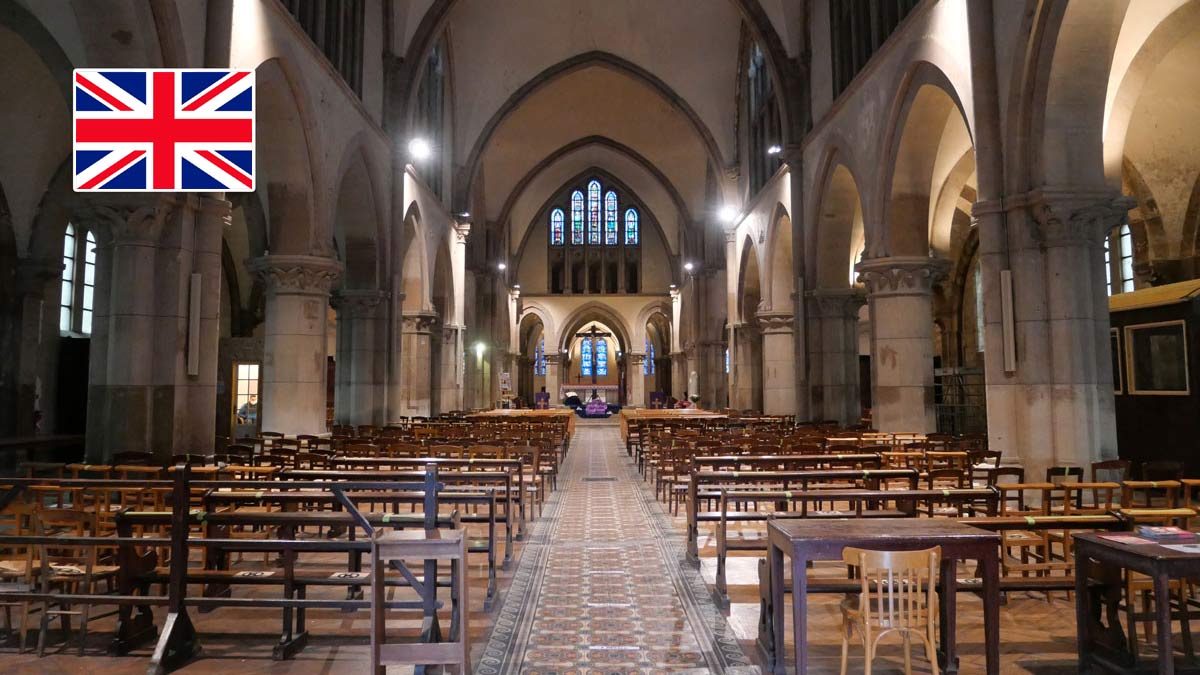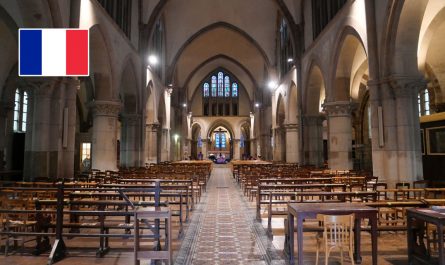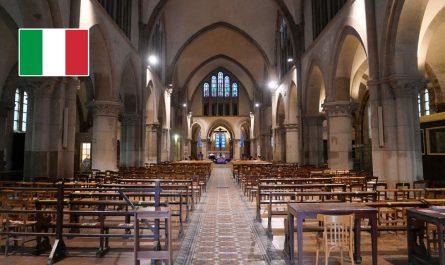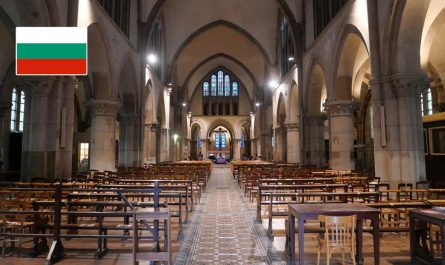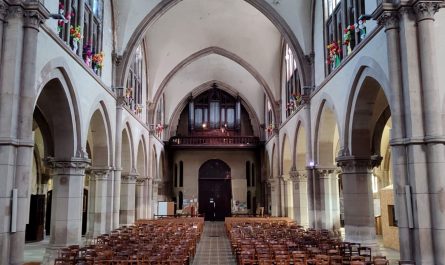Saint-Denys de l’Estrée church, a living heritage in the heart of Saint-Denis, a place that is in silence and prayer. Welcome and enjoy your visit.
.
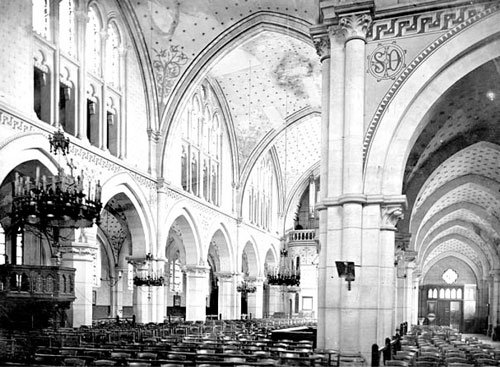 A brief history of our church
A brief history of our church
The church of Saint-Denys de l’Estrée was built under the direction of Eugène Viollet-le-Duc, the great 19th-century architect. An enthusiast for history and archaeology, he was entrusted with numerous restoration projects throughout France. From the ramparts of Carcassonne to those of Avignon, via Notre-Dame de Paris, Viollet-le-Duc left an indelible mark on the French landscape. In 1846, he was called in to restore the Basilica of Saint-Denis, the burial place of the first bishop of Paris and the kings of France.
At the same time, the north-east Paris plain was becoming industrialised; immigrants were arriving in large numbers from the French provinces to work in the factories that were springing up along the Saint-Denis canal. The city was growing denser and the Carmel chapel, which people had called «the little parish» since the end of the revolution, could no longer accommodate so many people. It was against this backdrop that Viollet-le-Duc was commissioned to build a new church on this site, opposite the Basilica that he was restoring at the other end of the street.
Shortly before, the old city walls had been demolished. Viollet-le-Duc was to build his church on the space freed up by the old moats. Records show that a church existed here along the Roman road to l’Estrée (the Via Strata) as early as the Merovingian period. Viollet-le-Duc built the new church just a few metres away. This neo-Gothic church, inaugurated in 1867, has been listed as a historic monument since 1981, and its stained glass windows and organ are also listed. In a poor state of repair, the interior was completely whitewashed in the 1960s. A restoration campaign would enable us to rediscover the wall paintings that are hidden behind it!


1 ◉ Stained glass
The grisaille windows in the nave date from the time the church was built. Other stained glass windows are more recent. All are listed as historic monuments.
The light that shines through the stained glass windows we are offered the proximity of God.
2 ◉ Wooden lodges
Although their presence is surprising, they are a real living space for the community on a daily basis, serving as a visiting room, a place for confession or a meeting room for small groups. They have the great advantage of being heated.

3 ◉ OrgansThe choir organ case (south transept) may date from the 18th century. As for the large organs (above the entrance), they are of the famous Merklin-Schütze design. They date from 1868 and have been listed since 1987.
In the liturgy and through its beauty, music allows a heart-to-heart with God in prayer and transcends what words cannot convey.

4 ◉ Baptistery
Le poète Paul Eluard, de son nom civil The poet Paul Eluard, whose civil name was Eugène Grindel, was born in Saint-Denis and baptised in our church on 1 January 1897.
Baptism, the 1st sacrament in the life of a Christian, marks entry into the great Christian family that is the Church. The baptised person then becomes a child of God.
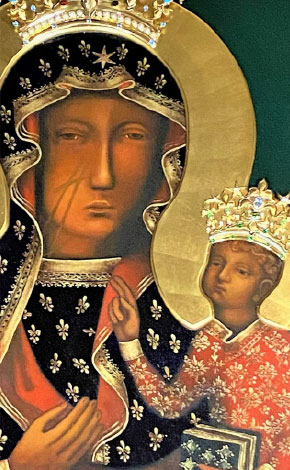
5 ◉ Vierge de Częstochowa
A famous icon in Poland, the original of which can be found in the town of Częstochowa, its replica here is explained by the presence of a Polish community at Saint-Denys de l’Estrée since 1933. Jesus and Mary are shown crowned.

6 ◉ Ambulatory
In our church, this is the place of popular piety, recognisable by the stained glass windows (donated by parishioners), the statues of saints and the candles that are so many prayers.
✱ Saint Rita of Cascia, saint of lost and desperate causes
✱ Saint Anthony of Padua, to protect children and find lost objects
✱ Blessed Virgin Mary, for direct requests to Jesus a direct request to Jesus
✱ Saint Thérèse of Lisieux, patron saint of the missions
✱ Saint Joseph, patron saint of workers and protector of families
✱ Saint Michael, chief of the Angels of Good, archangel protector.

7 ◉ Chevet chapel
The stained glass windows depict the story of the Virgin Mary. The grand dukes sculpted on a capital are the signature of the church’s architect, Eugène Viollet-le-Duc.
A place of personal prayer, the red candle signals the real presence of Christ through the consecrated hosts in the tabernacle.

8 ◉ Choir
The altar, ambo and cross, signs of Christ’s presence. This is where mass is celebrated.
This is where the Word of God is read, that which we listen to and which gives life; the place where people come into communion with God.

9 ◉ The Way of the Cross
This is the work of Beninese artist Robert Coffi, who created sculptures for the visit of Pope Benedict XVI to his country in 2011.
The 14 stations tell the story of the last hours of Christ’s life. The Way of the Cross is prayed on Fridays, especially during Lent.
PRAYER TO GOD
Lord, I know that you love me.
That at all times
may I feel Your presence.
.
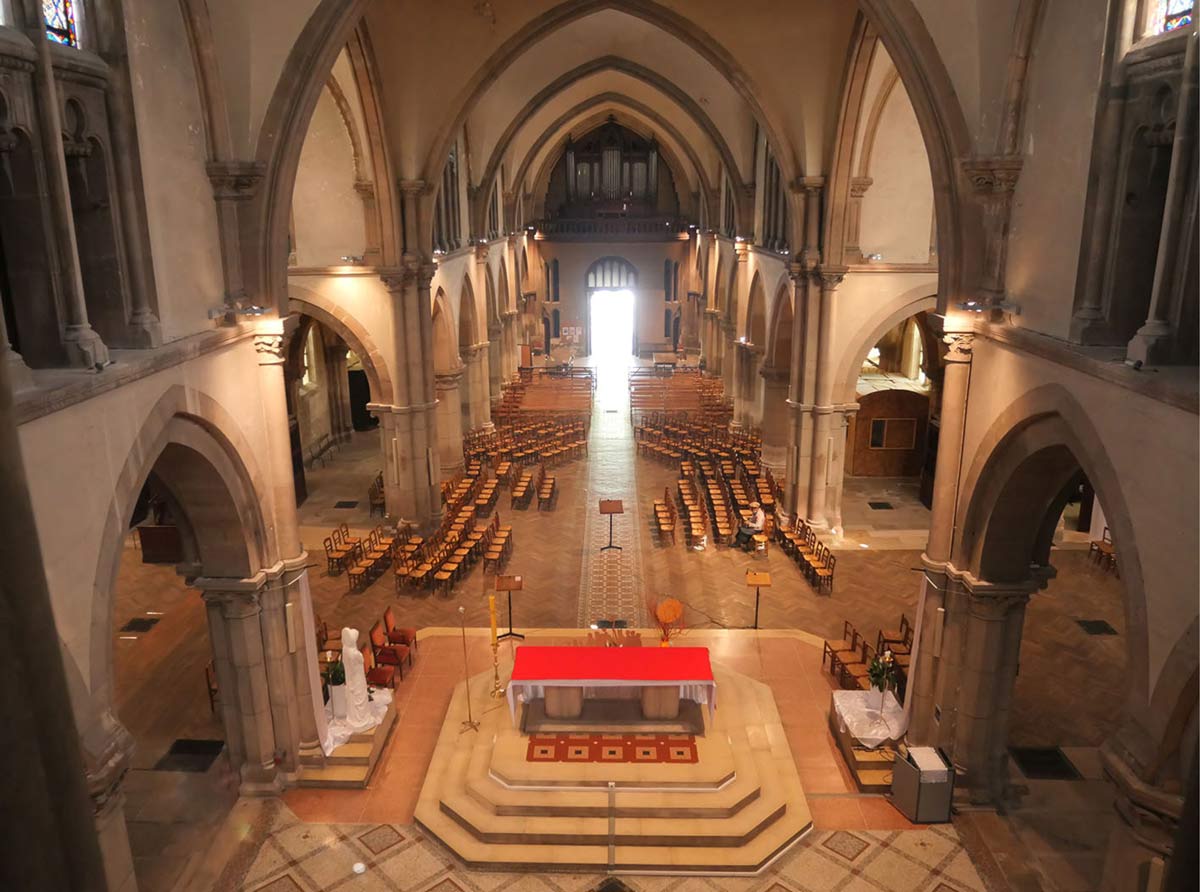
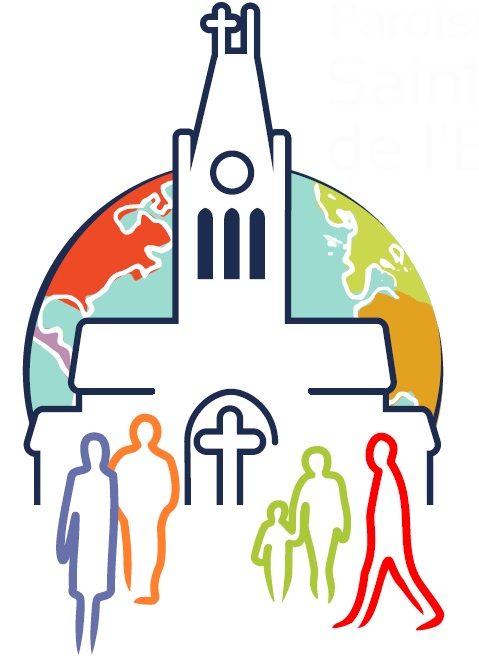
Paroisse Saint-Denys de l’Estrée
53 bis bd Jules-Guesde, Saint-Denis (93200)
Tél. : 01 48 20 25 44
Secrétariat paroissial : paroisse.estree@gmail.com
(The text on this page is taken directly from the tourist brochure written by parishioners and friends of the parish and available in the church)

 Lire
Lire 